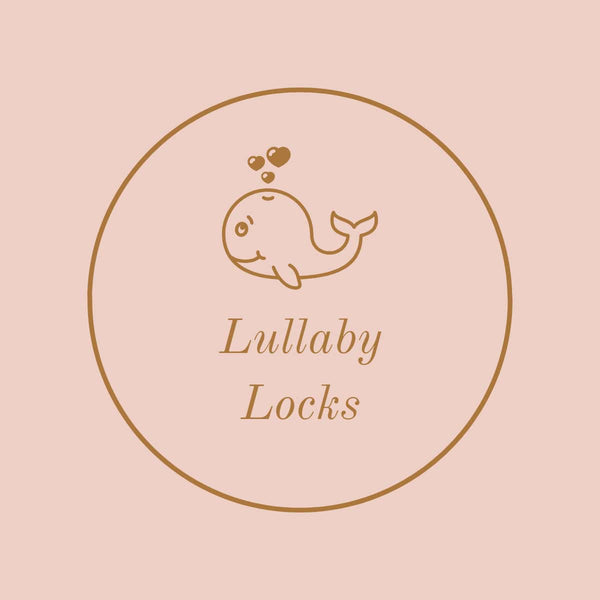Should We Use Fabric Softener for Baby Products?
Share
When you're folding those tiny onesies and soft sleepers, you might wonder if fabric softener could make your baby's clothes even cozier. It's a question every new parent faces while standing in the laundry aisle. Let's explore whether fabric softener belongs in your baby's laundry routine.
Understanding Fabric Softener and Baby Skin
Baby skin is incredibly delicate - about 30% thinner than adult skin. This means it's more sensitive to chemicals and fragrances that might not bother you at all. Fabric softeners work by coating fibers with chemicals that reduce static and create that soft feeling we love. However, these same chemicals can be problematic for your little one's sensitive skin.
The ingredients in most fabric softeners include quaternary ammonium compounds, fragrances, and preservatives. While these make clothes smell fresh and feel fluffy, they can trigger skin reactions in babies. Many parents discover this the hard way when their baby develops unexplained rashes or becomes fussy in freshly softened clothes.
Why Pediatricians Often Say No
Most pediatricians recommend skipping fabric softener for baby clothes, especially during the first year. According to the American Academy of Pediatrics, minimizing exposure to potential irritants helps protect your baby's developing skin barrier. The CDC's guidelines on infant skin care emphasize that babies' skin is more permeable than adults', making them more vulnerable to chemical absorption through their skin. Babies don't need their clothes to smell like mountain meadows - they need gentle, safe fabrics against their skin.
The concern isn't just about immediate reactions. Residue from fabric softeners builds up on clothes over time, creating a waxy coating that can reduce absorbency. This is particularly problematic for cloth diapers, burp cloths, and any items meant to absorb moisture. Your baby's clothes need to breathe and wick away moisture to keep them comfortable.
Common Reactions to Watch For
If you've already been using fabric softener, don't panic. Not all babies react negatively. However, watch for these signs that might indicate sensitivity:
Red, irritated patches where clothes touch the skin frequently - like around the neck, wrists, and waist - often appear first. Some babies develop small bumps or dry, scaly patches. You might notice increased fussiness, especially when getting dressed or during sleep. Excessive scratching or rubbing against clothes can also signal discomfort.
Remember that reactions might not appear immediately. Sometimes it takes repeated exposure before sensitivity develops. If you notice any of these signs, try eliminating fabric softener for a few weeks to see if symptoms improve.
Natural Alternatives That Actually Work
The good news is you don't need fabric softener to keep baby clothes soft and static-free. White vinegar works wonderfully as a natural fabric softener. Add half a cup to your rinse cycle - don't worry, the smell disappears as clothes dry. The vinegar helps remove detergent residue and naturally softens fibers without leaving chemical deposits.
Wool dryer balls are another fantastic option. These reusable balls tumble with your laundry, naturally softening fabrics and reducing drying time. They last for hundreds of loads and don't add any chemicals or fragrances. Some parents add a drop of lavender essential oil to the balls, but skip this for newborns.
For static control, try removing clothes from the dryer while slightly damp and air-drying the rest of the way. This prevents the static buildup that happens in very dry conditions. Learning how to wash newborn baby clothes properly from the start helps establish good laundry habits.
Special Considerations for Different Baby Items
Not all baby items require the same approach. Cloth diapers should never be washed with fabric softener as it creates a waterproof barrier that prevents absorption. The same goes for bibs and burp cloths - you want these items to absorb spills, not repel them.
Sleep sacks and pajamas benefit from being soft, but safety comes first. The flame-resistant properties of sleepwear can be compromised by fabric softener buildup. Stick to gentle washing methods that maintain the protective qualities of these garments. Understanding how to wash baby clothes at different stages helps you adapt your routine as your child grows.
Blankets and stuffed animals that don't touch skin directly have more flexibility. If you really want to use softener on these items, wash them separately from clothes and use a minimal amount. Always ensure items are thoroughly rinsed and dried.
Making the Transition
If you've been using fabric softener and want to stop, the transition is straightforward. Simply stop adding it to your wash routine. You might notice clothes feel slightly different at first, but they'll still be clean and safe for your baby.
Run an extra rinse cycle for the first few washes to help remove any buildup from previous softener use. Hot water helps dissolve residue more effectively, but always check garment care labels first. Some parents find that adding baking soda to the wash cycle helps strip away old softener deposits while naturally deodorizing clothes.
Your baby won't notice if their clothes aren't perfumed or ultra-soft. What matters is that their clothes are clean, comfortable, and free from potential irritants. Trust that you're making the right choice by keeping things simple.
The Bottom Line
While fabric softener might make your own clothes feel luxurious, it's best to skip it for your baby's laundry. Your little one's health and comfort are far more important than artificially soft clothes or synthetic fragrances. By choosing gentle, fragrance-free washing methods, you're protecting your baby's delicate skin and reducing their exposure to unnecessary chemicals.
Remember, babies have been wearing clean, soft clothes for generations without modern fabric softeners. Simple washing with mild detergent and proper care keeps baby clothes perfectly soft and safe. When in doubt, less is more when it comes to products touching your baby's skin.
